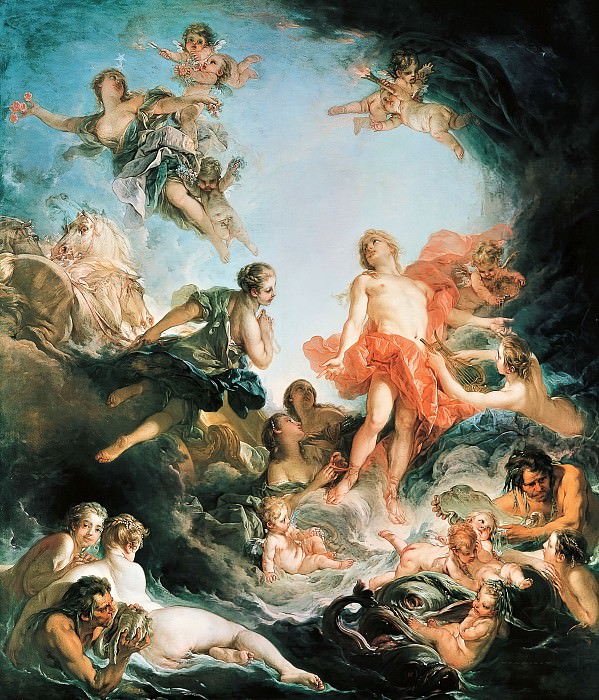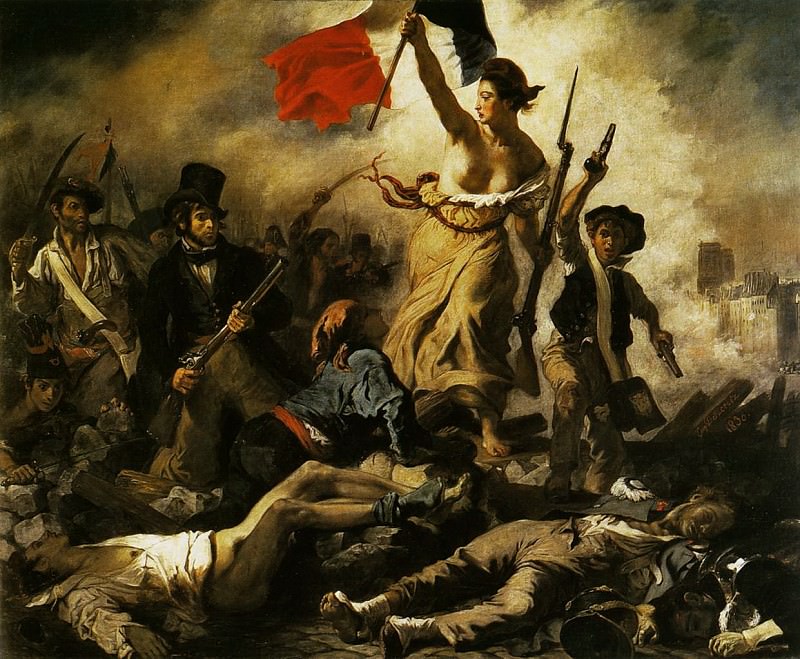The Rich Tapestry of Georgia Art: A Cultural Journey
Georgia, nestled between Europe and Asia, is a country with a rich history and diverse cultural heritage. The art of Georgia is a reflection of its complex past, vibrant present, and aspirations for the future. The artistic expressions found in Georgia are a unique blend of Eastern and Western influences, shaped by the country's geographical location and historical events. This article delves into the various facets of Georgian art, from ancient traditions to contemporary movements, showcasing the enduring creativity and resilience of Georgian artists.
Ancient Roots: The Beginnings of Georgian Art
The history of Georgian art dates back to ancient times, with archaeological findings revealing a deep connection between the people of Georgia and their artistic expressions. The earliest evidence of art in Georgia can be traced to the Bronze Age, with artifacts such as intricately designed jewelry, pottery, and religious relics. These early works of art provide insight into the daily lives, beliefs, and social structures of ancient Georgian societies.
The influence of Christianity on Georgian art cannot be understated. As one of the first countries to adopt Christianity in the early 4th century, Georgia saw a significant transformation in its artistic traditions. The construction of churches and monasteries became central to Georgian art, with religious themes dominating the artistic landscape. Frescoes, mosaics, and sculptures adorned the interiors of these sacred spaces, depicting biblical scenes, saints, and religious symbolism. The unique style of Georgian religious art, characterized by its vivid colors, detailed iconography, and spiritual depth, became a defining feature of the country's artistic identity.
Medieval Masterpieces: The Golden Age of Georgian Art
The medieval period in Georgia, often referred to as the "Golden Age," was a time of great cultural and artistic flourishing. During this era, Georgian art reached new heights, particularly in the fields of architecture, manuscript illumination, and metalwork. The construction of grand cathedrals, such as the Svetitskhoveli Cathedral and the Jvari Monastery, showcased the skill and ingenuity of Georgian architects and craftsmen. These structures, with their intricate carvings, harmonious proportions, and symbolic elements, remain iconic examples of medieval Georgian art.
Manuscript illumination also played a significant role in the artistic landscape of medieval Georgia. Monks and scribes meticulously decorated religious texts with ornate illustrations, using vibrant colors and gold leaf to enhance the spiritual experience of reading these sacred works. The Vani Gospels, a 12th-century manuscript, is one of the most famous examples of Georgian illuminated manuscripts, featuring exquisite depictions of biblical scenes and intricate geometric patterns.
Metalwork during this period also flourished, with Georgian artisans creating intricate crosses, chalices, and other religious items. These works were often made of precious metals and adorned with gemstones, showcasing the high level of craftsmanship and the importance of religion in Georgian society.
Folk Art: The Heartbeat of Georgian Culture
Folk art has always been an integral part of Georgian culture, reflecting the traditions, customs, and daily life of the people. Georgian folk art is characterized by its vibrant colors, bold patterns, and a strong connection to nature and the spiritual world. This form of art is expressed through various mediums, including textiles, pottery, woodwork, and embroidery.
One of the most iconic forms of Georgian folk art is the art of carpet weaving. Georgian carpets are known for their intricate designs, rich colors, and symbolic motifs. These carpets often feature geometric patterns, stylized animals, and floral elements, each carrying specific meanings and reflecting the beliefs and values of the weavers. The process of carpet weaving in Georgia is a communal activity, passed down through generations, with each region of the country having its unique style and techniques.
Pottery is another significant aspect of Georgian folk art. The tradition of creating ceramic vessels dates back to ancient times, and Georgian potters have developed a distinct style that combines functionality with artistic expression. Traditional Georgian pottery is often adorned with bold, abstract designs, and the use of natural pigments gives the pieces a warm, earthy tone. These pottery items, ranging from everyday kitchenware to ceremonial objects, are a testament to the skill and creativity of Georgian artisans.
Embroidery is yet another important form of folk art in Georgia. Georgian embroidery is characterized by its intricate patterns and use of vibrant threads, often depicting scenes from nature, religious symbols, and traditional motifs. This art form is particularly prominent in the region of Kakheti, where the craft has been preserved and passed down through generations. Georgian embroidery is not only a form of artistic expression but also a way of preserving cultural heritage and identity.
The Influence of Modernism: A New Artistic Horizon
The late 19th and early 20th centuries marked a period of significant change in Georgian art, as artists began to explore new ideas and techniques inspired by European modernism. This era saw the emergence of a new generation of Georgian artists who sought to break away from traditional forms and experiment with modern styles.
One of the most prominent figures of this period was Niko Pirosmani, a self-taught artist whose works became iconic representations of Georgian modernism. Pirosmani's paintings are characterized by their simplicity, bold use of color, and a focus on everyday life in Georgia. His works often depict scenes of rural life, portraits of ordinary people, and representations of animals, all rendered in a naïve, yet deeply expressive style. Pirosmani's art resonates with a sense of nostalgia and a deep connection to Georgian culture, making him one of the most beloved artists in the country's history.
The influence of Russian avant-garde art also played a significant role in shaping Georgian modernism. Artists such as Lado Gudiashvili and David Kakabadze were instrumental in introducing new styles and ideas to the Georgian art scene. Gudiashvili's work is known for its surreal, dreamlike quality, often depicting fantastical scenes that blur the line between reality and imagination. Kakabadze, on the other hand, was a pioneer of abstract art in Georgia, experimenting with form, color, and composition to create works that challenged traditional notions of art.
Contemporary Georgian Art: Bridging Tradition and Innovation
In the post-Soviet era, Georgian art has continued to evolve, with contemporary artists exploring new themes, mediums, and techniques while remaining rooted in their cultural heritage. The art scene in Georgia today is vibrant and diverse, with artists engaging in a wide range of practices, from painting and sculpture to installation, performance, and digital art.
One of the defining features of contemporary Georgian art is the blending of tradition and innovation. Many artists draw inspiration from Georgia's rich cultural history, incorporating traditional motifs, symbols, and techniques into their work, while simultaneously exploring modern and global themes. This fusion of old and new creates a dynamic and multifaceted artistic landscape that reflects the complexities of contemporary Georgian society.
Artists such as Tamara Kvesitadze and Levan Songulashvili are at the forefront of this movement, creating works that are both deeply personal and universally resonant. Kvesitadze, a sculptor and multimedia artist, is known for her kinetic sculptures that explore themes of identity, memory, and the human experience. Her work "Man and Woman," a moving sculpture located in Batumi, has become an iconic symbol of contemporary Georgian art, capturing the fluidity and interconnectedness of human relationships.
Songulashvili, a painter and multimedia artist, is known for his large-scale works that blend realism with abstraction, often exploring themes of transformation, decay, and rebirth. His paintings are characterized by their meticulous detail, use of light and shadow, and a haunting, ethereal quality that draws the viewer into a world of introspection and contemplation.
The Role of Art in Georgian Society
Art has always played a crucial role in Georgian society, serving as a means of communication, expression, and cultural preservation. Throughout history, Georgian art has been a reflection of the country's values, beliefs, and struggles, capturing the essence of what it means to be Georgian.
In the contemporary context, art continues to be a powerful tool for social and political commentary. Many Georgian artists use their work to address pressing issues such as identity, displacement, and the challenges of post-Soviet society. Through their art, they provide a voice for those who may otherwise be unheard, challenging the status quo and prompting critical reflection on the state of the world.
Art in Georgia is also a vital means of preserving cultural heritage and passing it on to future generations. The country's rich artistic traditions are celebrated in museums, galleries, and cultural institutions across Georgia, ensuring that the legacy of Georgian art continues to thrive. Initiatives such as the Georgian National Museum and the Tbilisi Art Fair play a crucial role in promoting Georgian art both domestically and internationally, providing a platform for artists to showcase their work and engage with a global audience.
Conclusion: The Enduring Legacy of Georgian Art
The art of Georgia is a testament to the creativity, resilience, and cultural richness of its people. From ancient religious relics to contemporary masterpieces, Georgian art tells the story of a nation that has weathered countless challenges and emerged with a unique and enduring cultural identity.
As Georgia continues to navigate the complexities of the modern world, its art will undoubtedly play a central role in shaping the country's future. By bridging tradition and innovation, Georgian artists are not only preserving their cultural heritage but also pushing the boundaries of artistic expression, creating works that resonate on both a local and global scale.
In the ever-evolving landscape of global art, Georgia stands out as a beacon of creativity and cultural diversity. The rich tapestry of Georgian art, woven over centuries, continues to inspire and captivate, offering a glimpse into the soul of a nation that values beauty, tradition, and the power of artistic expression.



